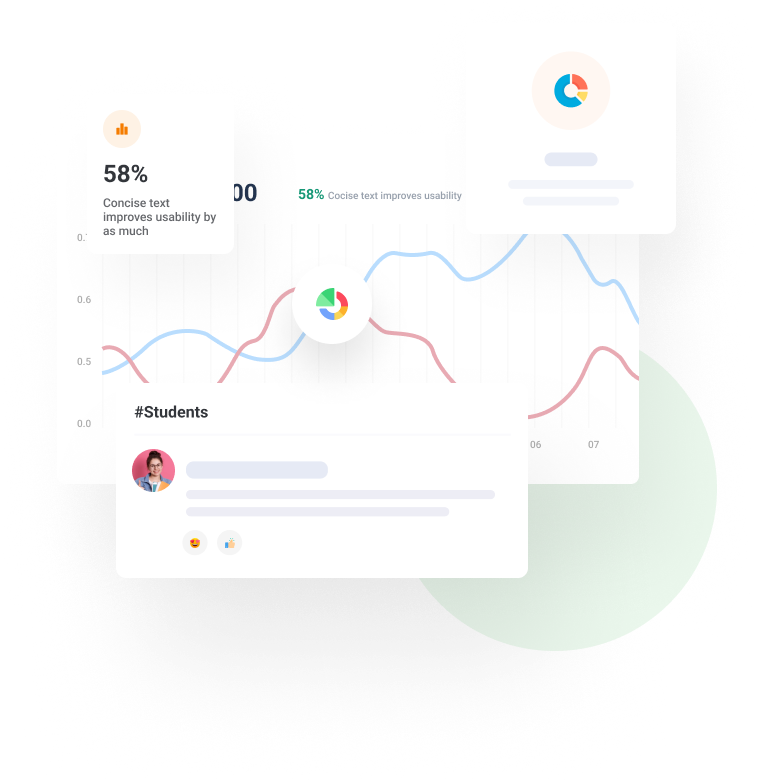Towards Comprehensive Metrics for Programming Cheat Detection
Published 2024
Authors
Ashley Pang
University of California, Riverside
Frank Vahid
University of California, Riverside
Benjamin Denzler
University of California, Riverside
Abstract
Similarity checking is a common approach for detecting cheating in programming courses. A known limitation is high rates of similar pairs for programs lacking variability in possible solutions, especially for small programs. We experienced this issue in our CS1 course, where similarity checking in early weeks yielded many highly-similar pairs, many of which were not likely due to copying. Yet, we wish to catch copying students early, so that we can intervene and help those students avoid developing copying habits that may cause them trouble later. Our approach is to modify the program specifications to include variability-inducing requirements, namely places in the specifications where students make choices in their solutions, where different choices reduce the similarity scores. Those variability-inducing requirements are intentionally designed to avoid making the problem much harder for students. Examples of variability-inducing requirements include adding requirements to check for invalid input, or counting items. Such requirements have many different possible ways of implementing each. Essentially, variability-inducing requirements decrease the odds that two students would submit programs scored as highly-similar by a similarity checker, even for small programs. For 5 programs in our CS1 course, we added some variability-inducing requirements. Compared to an earlier term, the similarity checker’s highly-similar-pairs rate dropped from 52% to 20% on average. Students’ scores stayed the same from 98% to 96%, though time did increase from 18 min to 31 min on average. Adding such requirements helps instructors to do similarity detection and perform early interventions if desired.







